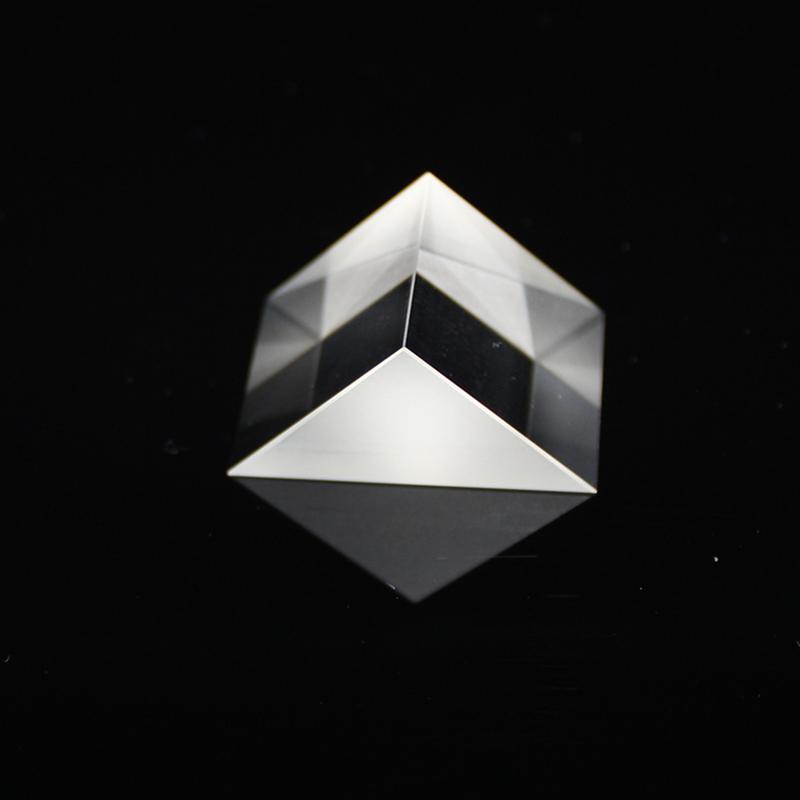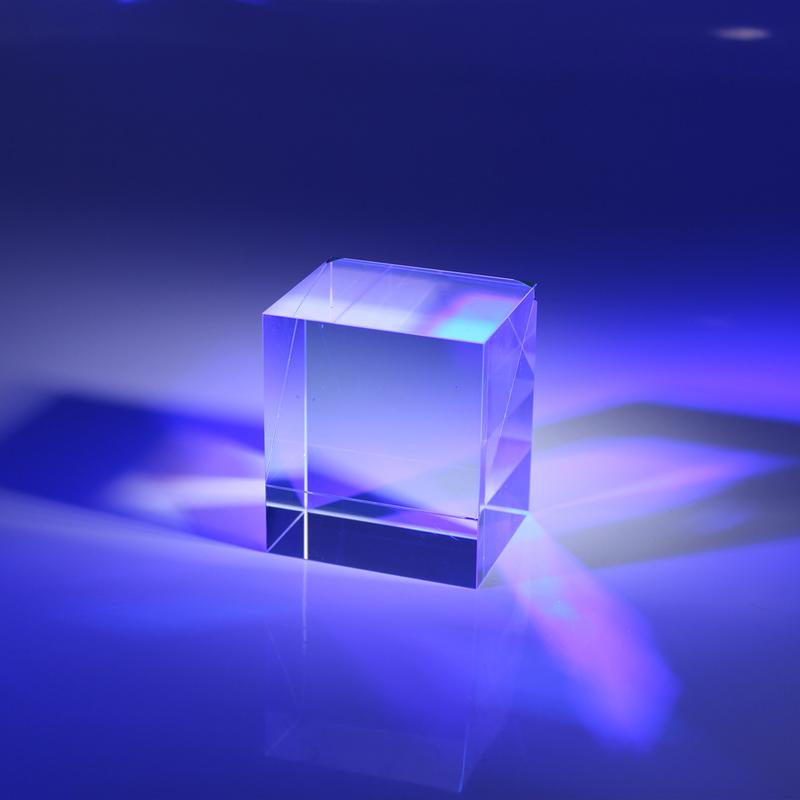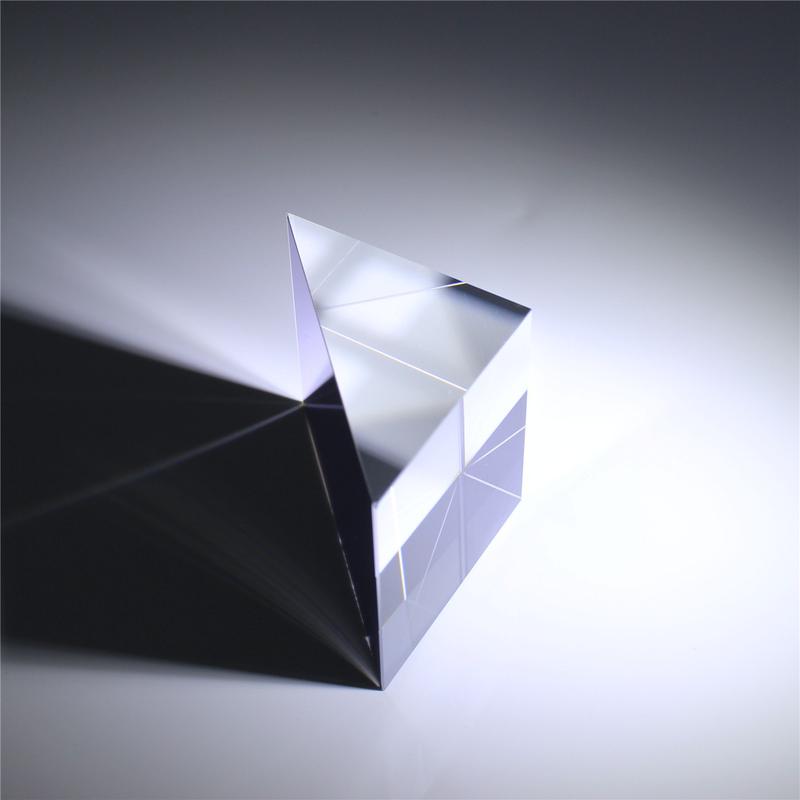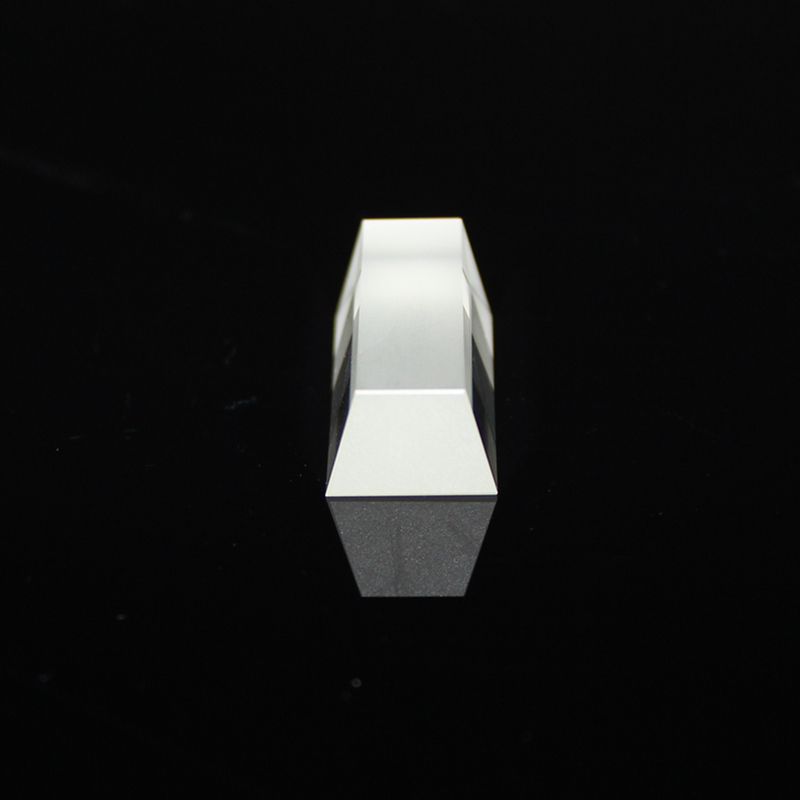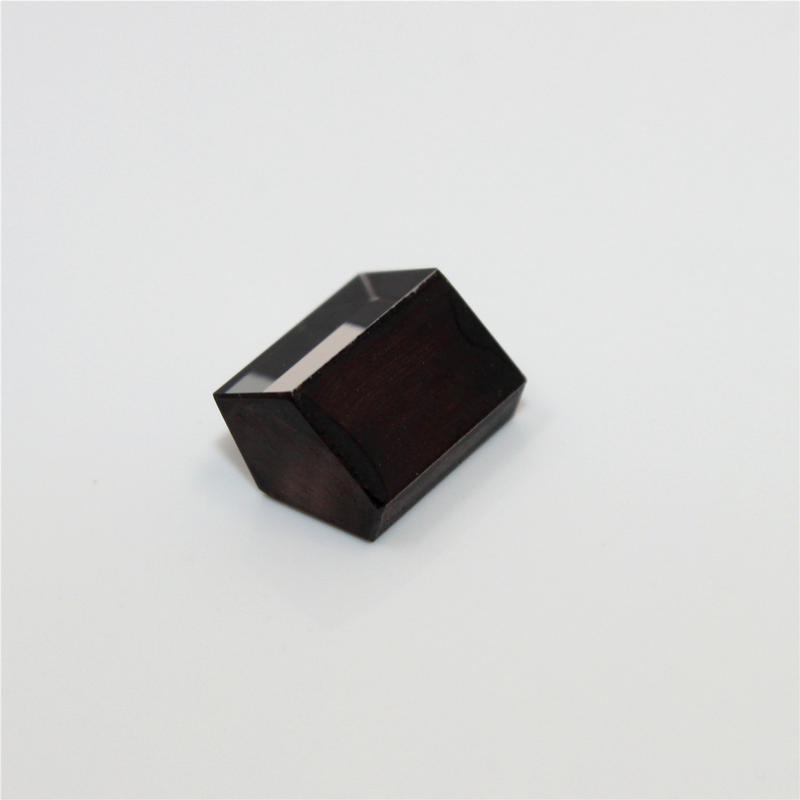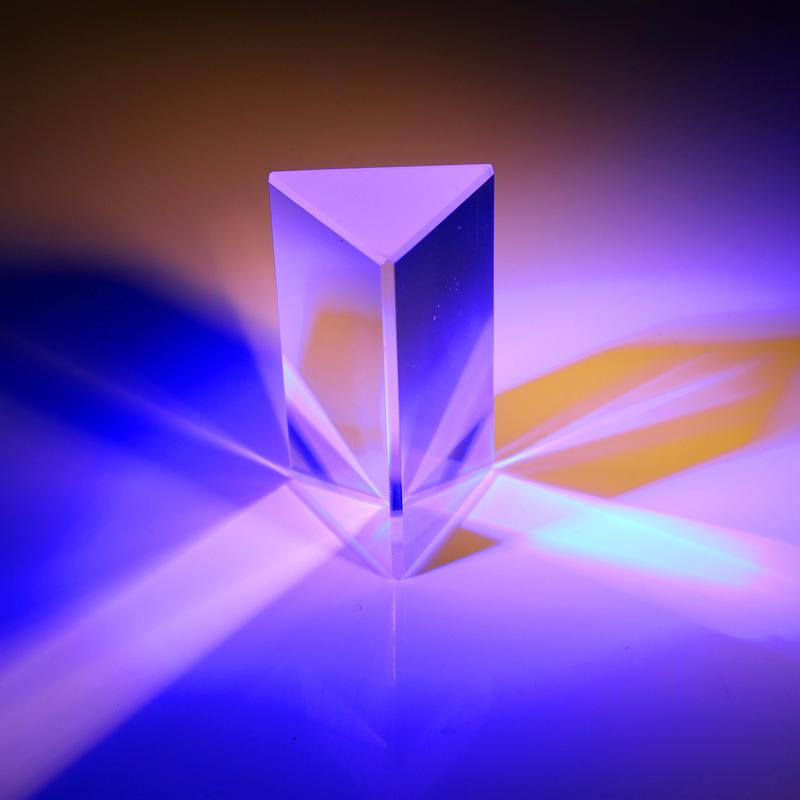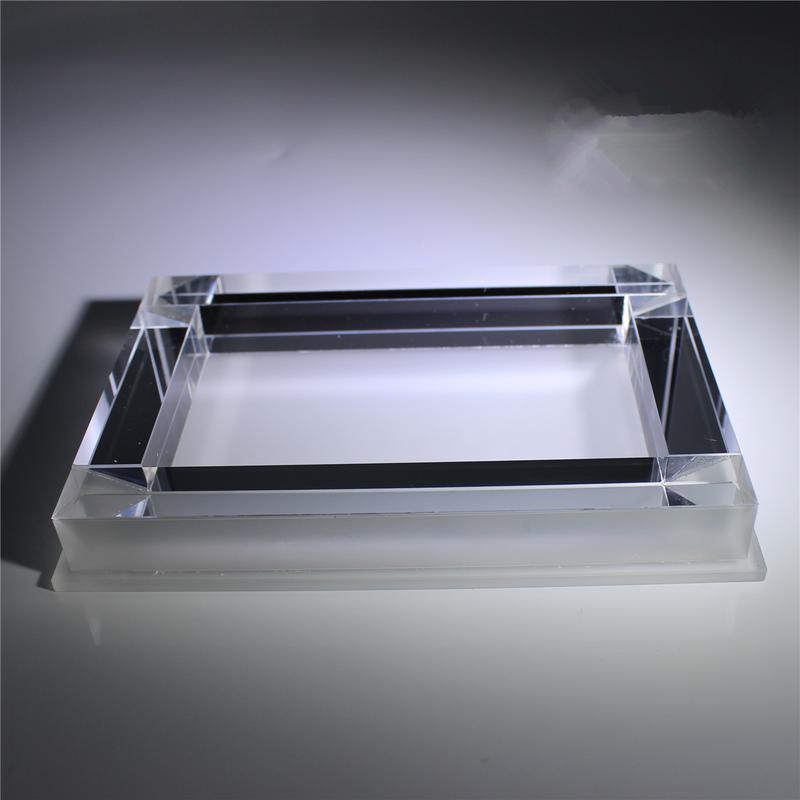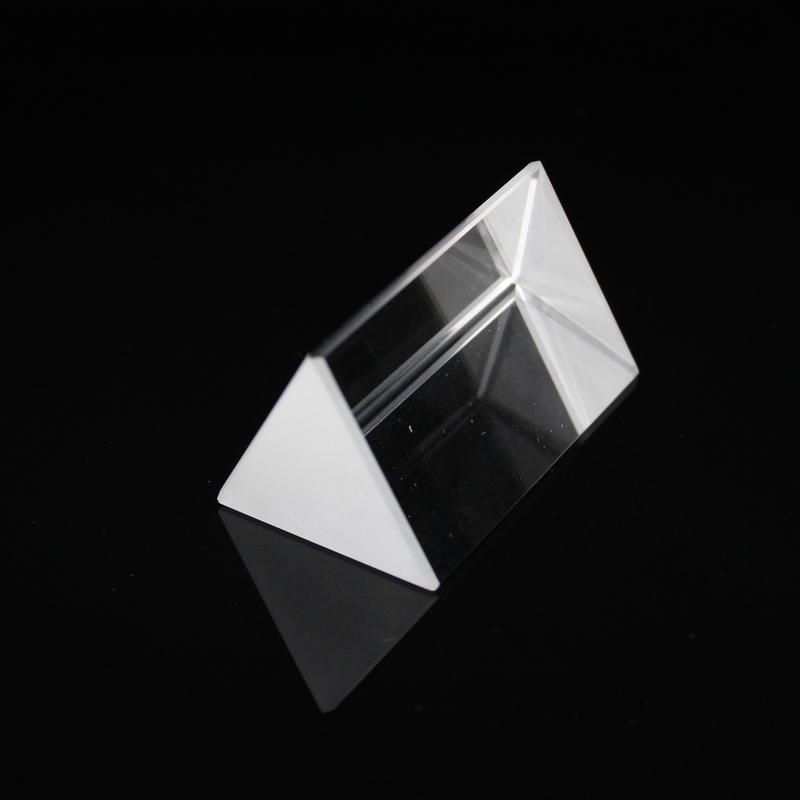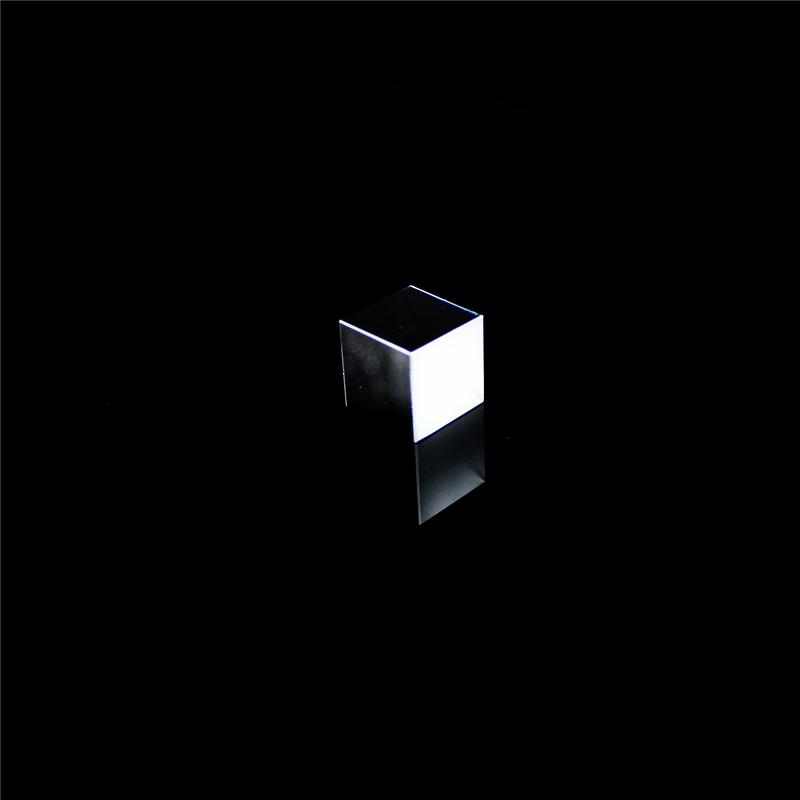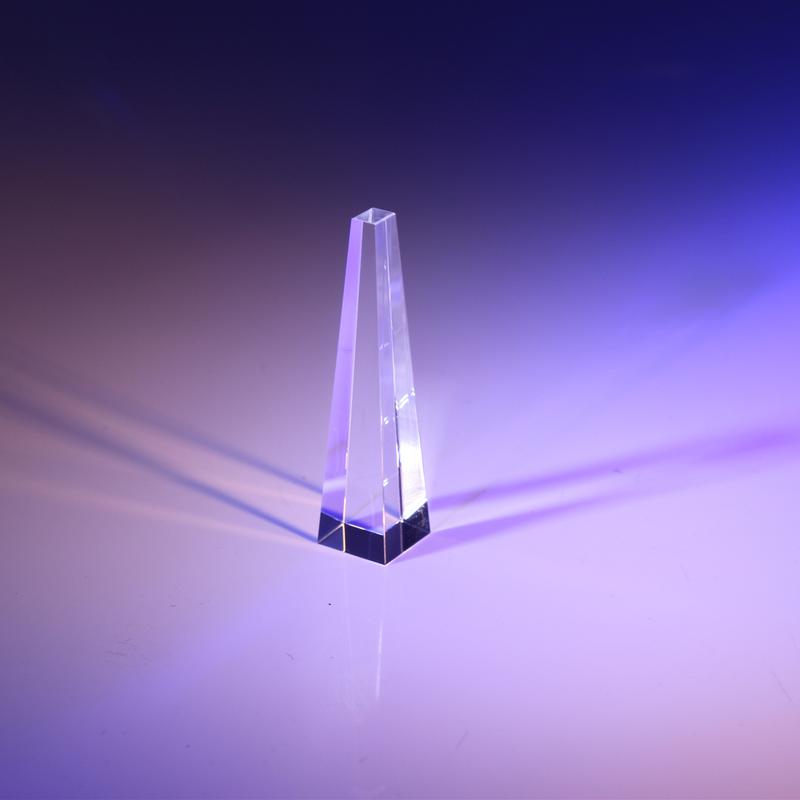what is a pentaprism what job does it do in the camera?
Penta prism is a five-sided reflecting prism used to deviate a beam of light by a constant 90°, even if the entry beam is not at 90° to the prism. The beam reflects inside the prism twice, allowing the transmission of an image through a right angle without inverting it (that is, Standard penta prisms have applications in image erecting assemblies, and are used as laser insertion prisms for range-finding and advanced surveillance. The deviation provided by these optical devices don’t change when the prism is rotated slightly, which makes them valuable for situations where a precise deviation is necessary but precise alignment impossible or difficult. This same property gives it stability and allows it to provide a good image in spite of slight movements. What prism means? What is the application of Prism? What is Angle of Prism? What does a pentaprism do? Which is better Pentaprism or Pentamirror? Does mirrorless camera have Pentaprism? What is the importance of Prism in camera? What is Pentamirror viewfinder? How are prisms used in everyday life? VY Optoelectronics Co.,Ltd. provides penta prisms with aluminum or enhanced aluminum coatings. Black paint surfaces are sometimes used to increase reflection. Variations on penta prisms include half penta prisms, which deviate a beam by forty five degrees, and roof penta prisms, which reverse the parity of the image.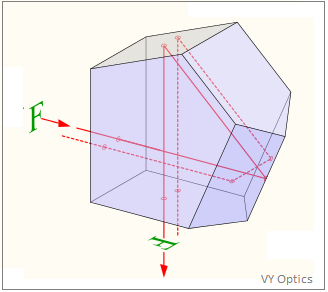
without changing the image's handedness) as an ordinary right-angle prism or mirror would.
The reflections inside the prism are not caused by total internal reflection, since the beams are incident at an angle less than the critical angle (the minimum angle for total internal reflection). Instead, the two faces are coated to provide mirror surfaces. The two opposite transmitting faces are often coated with an antireflection coating to reduce spurious reflections. The fifth face of the prism is not used optically but truncates what would otherwise be an awkward angle joining the two mirrored faces.
A variant of this prism is the roof pentaprism which is commonly used in the viewfinder of single-lens reflex cameras. The camera lens renders an image that is both vertically and laterally reversed, and the reflex mirror re-inverts it leaving an image laterally reversed. In this case, the image needs to be reflected left-to-right as the prism transmits the image formed on the camera's focusing screen. This lateral inversion is done by replacing one of the reflective faces of a normal pentaprism with a "roof" section, with two additional surfaces angled towards each other and meeting at 90°, which laterally reverses the image back to normal.
Prism is a three-dimensional solid object in which the two ends are identical. It is the combination of the flat faces, identical bases and equal cross-sections. The faces of theprism are parallelograms or rectangles without the bases. ... For example, a pentagonalprism has two pentagonal bases and 5 rectangular faces.
Mostly used in telescopes, periscopes and microscopes, scientists also use prisms in experiments that help them study the reaction of the human eye to light. Prisms constitute any three-dimensional shape with two faces of the same size and shape and parallelogram sides.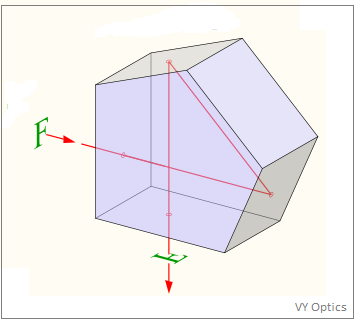
Is rectangular prism?
A solid (3-dimensional) object which has six faces that are rectangles. It has the same cross-section along a length, which makes it a prism. It is also a "cuboid".
angle of prism is the angle between the two surface of the prism from which the light enters into the prism and from the light goes out after refraction.
How does a prism work?
A prism is a piece of glass or plastic in the shape of a triangle. ... A prism works because the different colors of light travel at different speeds inside the glass. Because the colors of light travel at different speeds, they get bent by different amounts and come out all spread out instead of mixed up.
A pentaprism is a five-sided reflecting prism used to deviate a beam of light by a constant 90°, even if the entry beam is not at 90° to the prism. ... The fifth face of the prism is not used optically but truncates what would otherwise be an awkward angle joining the two mirrored faces.
The pentamirror is much lighter and less durable and it's said that with time it may become dusty or even lose its shape, which doesn't happen with the pentaprism. Secondly, DSLR viewfinders that use a pentamirror usually have worse image quality and much less brightness.
Mirrorless cameras combine compact ease of use with outstanding technical and control. The biggest difference between mirrorless and professional DSLR cameras is that they donot use a mirrorbox or pentaprism, as a consequence do not use an optical viewfinder.
Well, prisms are uniquely able to bend light, glares, and reflections before they enter acamera's lens. Prisming requires no photoshop or post editing, and often creates results that are more natural and impressive than their photo-manipulated counterparts.
A pentamirror is an optical device used in the viewfinder systems of various single-lens reflex cameras instead of the pentaprism. ... This is cheaper and lighter, but generally produces a viewfinder image of lower quality and brightness.
Prism-shaped objects you'll see in everyday life include ice cubes, barns and candy bars. The regular geometry of the prism makes it useful for designing buildings and simple products.
Our Penta prisms are available in BK7 Grade A optical glass, corning fused silica 7980, JGS1, and JGS2. BK7 Grade A optical glass (optical borosilicate-crown) is an ideal all-purpose optical substrate. It has a clear, practically colorless appearance, and a very high refractive index homogeneity. It performs well in chemical tests and no special handling are required.
Corning Fused Silica 7980 is high purity synthetic amorphous silicon dioxide. It is manufactured by flame hydrolysis, and has a very low thermal expansion coefficient. It is also a colorless non-crystalline substance, and is especially well suited for ultraviolet transmission.
JGS1 is high quality ultraviolet grade fused silica and is transparent in UV and Vis ranges. In the interval of 2600-2800 it has an intensive OH absorption band. JGS1 penta prisms are suited for deep UV and visible. This optical glass has essentially no bubbles or inclusions.
JGS2 is ultraviolet grade fused silica similar to JGS1. Micro prisms will be bubble free, but larger pieces may contain bubbles or inclusions, so it is best used for applications which are non-sensitive to such issues.
Our design team would be pleased to work with you to design custom penta prisms and other optical systems that meet the needs of your application.

